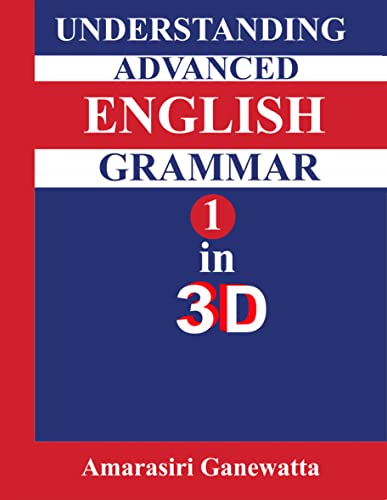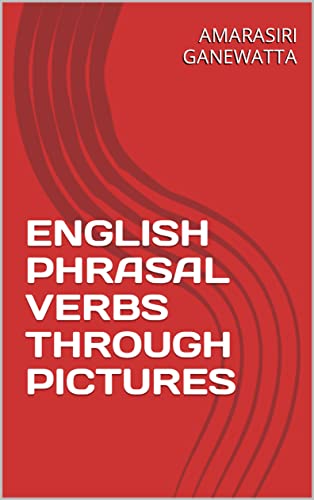TOEFL and IELTS are the two biggest standardized tests of the English language. These tests assess your reading, listening, speaking and writing skills. This article is a brief introduction about learning English for IELTS or TOEFL.
The eye (physical eye and mind’s eye) plays a major role in your English language learning process. Eye contact processes ideas unit by unit, helps to break sentences in correct places and to use stress on words which we wish to focus on before we begin to write or speak. When learning English for IELTS or TOEFL, your reading, listening and understanding skills should be brought to perfection.
As you read a sentence, the picture drawn by its words should appear to your mental eye. A complete sentence is a perfect picture. If you are unable to see this mental picture or get an unclear picture, you won’t be able to give the correct answer to the question set to test you English language skills. To have a perfect picture, you must be able to break a sentence into component units. This is highly important in speaking.
If you break the part of a sentence in wrong places, the examiner will grade your performance very poor. Most students preparing for IELTS and TOEFL never pay any attention to this. Isn’t it absurd to break sentences in the manner of ‘ This is my…..book and….. that is my…..pen..’ ‘ Then I….. went to the…. railway station to… see my… friend off.’ They should be read or spoken as,’This is….my book…and…. that is…. my pen. ‘ Then…. I went…. to the railway station.. to see… my friend off.’ It is not correct to use a preposition and article together without a noun. But we commonly hear sound units like ‘in the’, ‘on the’, ‘ at the’, ‘under the’, ‘over the’ etc. So don’t use this kind of English for IELTS or TOEFL.




